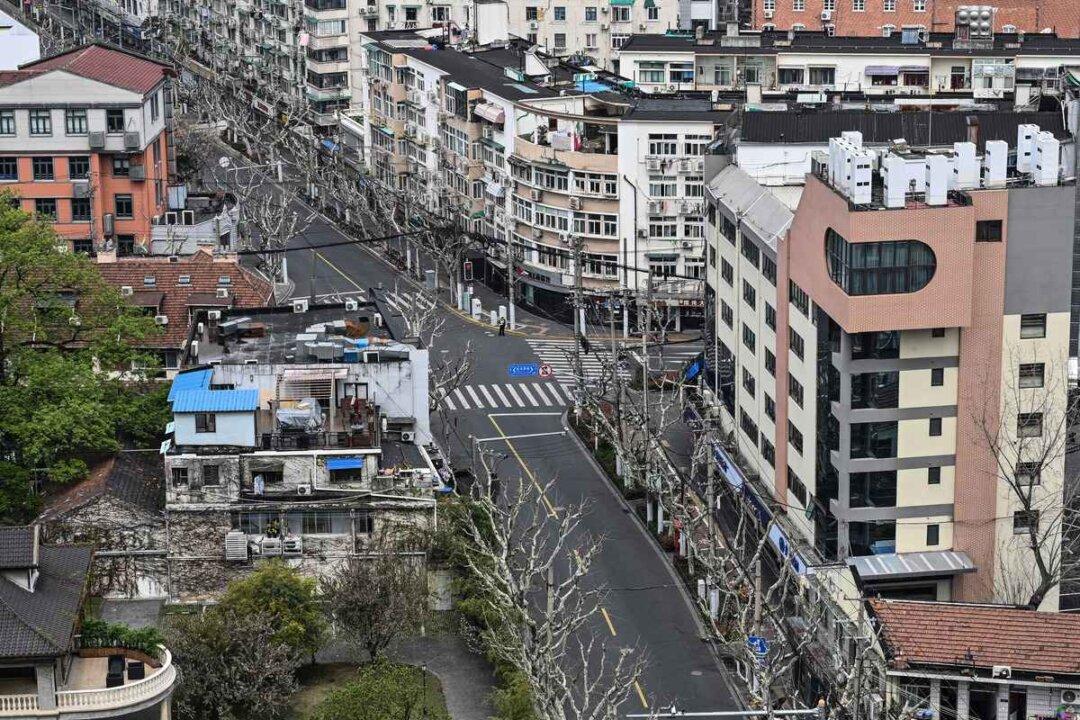A recent analysis by Shanghai-based Metrodata Tech said during the month of April, 200 million people in China were in a “state of quiescence.” This term describes people in lockdown status due to the strict epidemic controls imposed by the Chinese Communist Party (CCP).
City-Data Group, a site within China’s WeChat social media platform, posted an article titled, “200 Million People Stilled in April.” The article was removed after only one day online. WeChat explained the content violated China’s Internet regulations. However, the article is still accessible on websites outside China.





